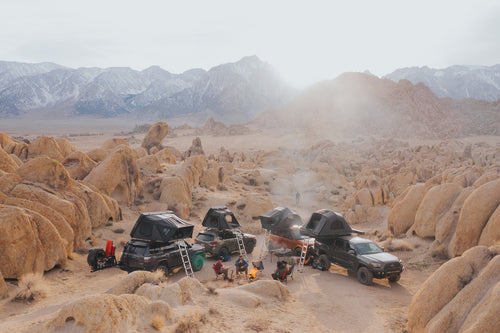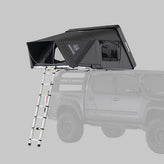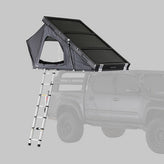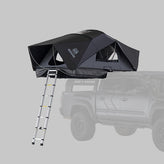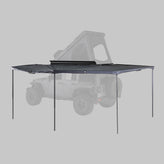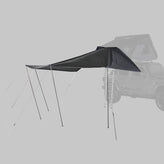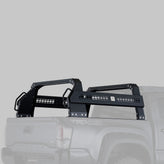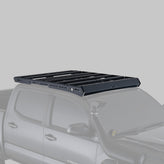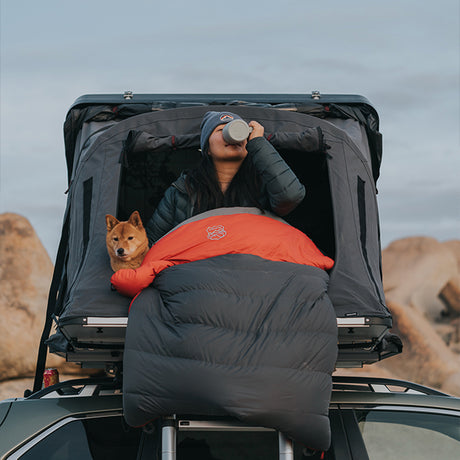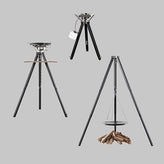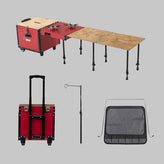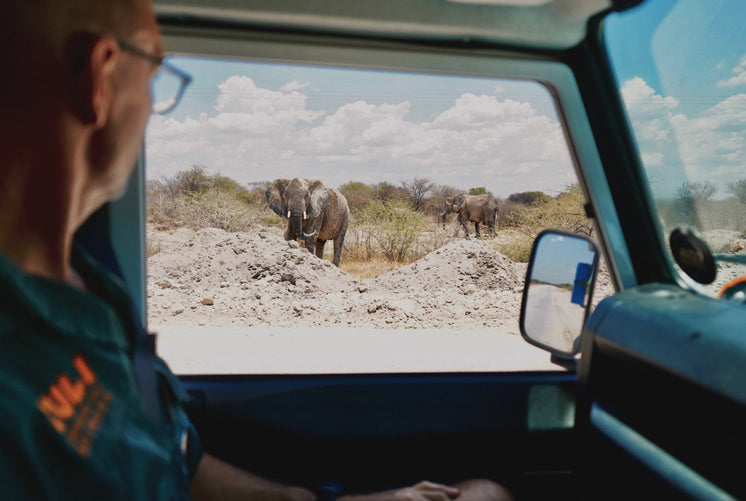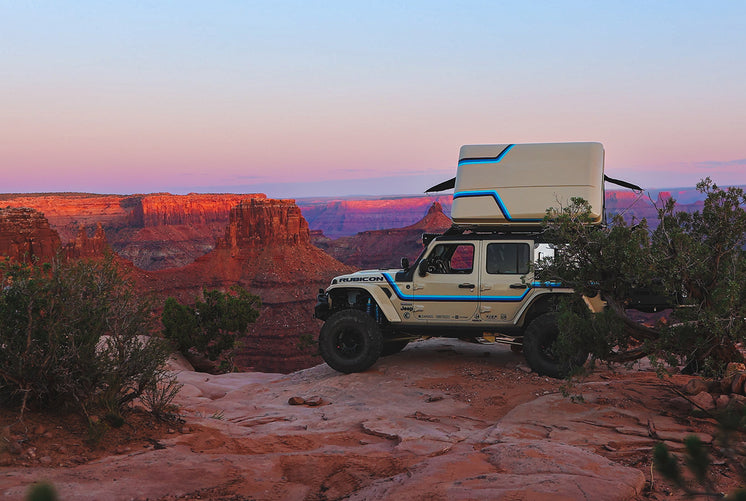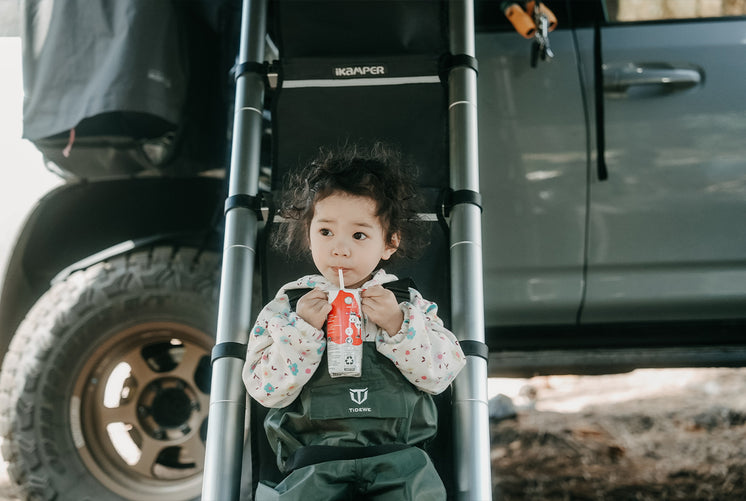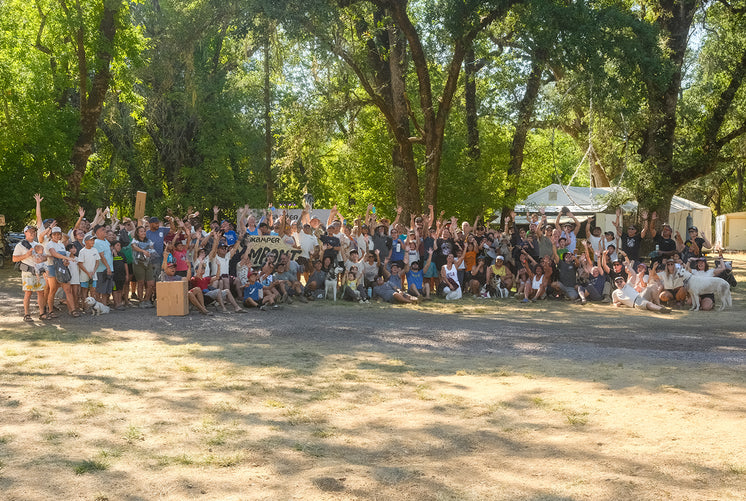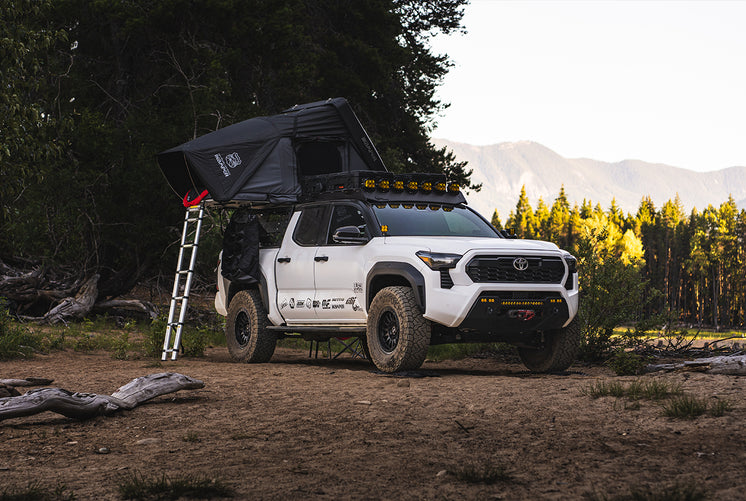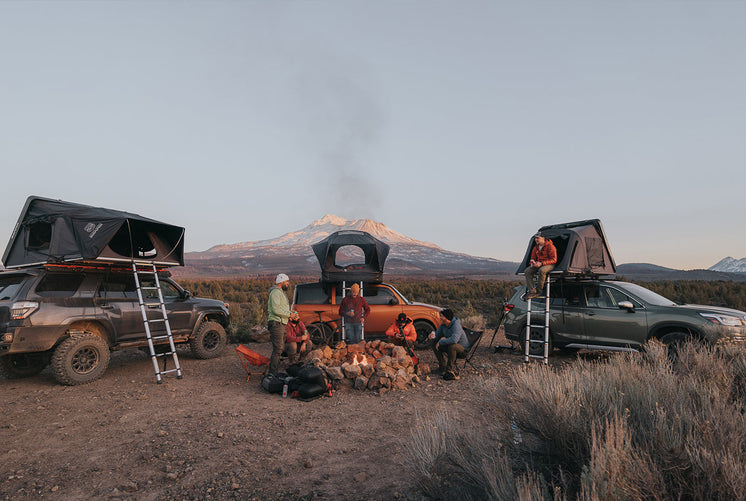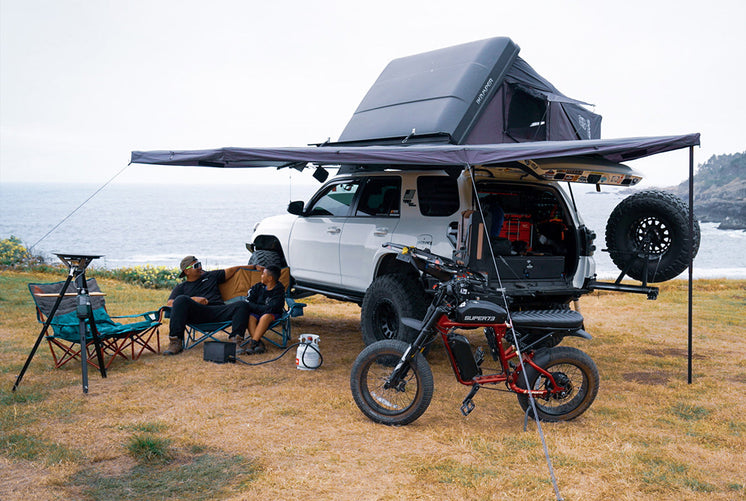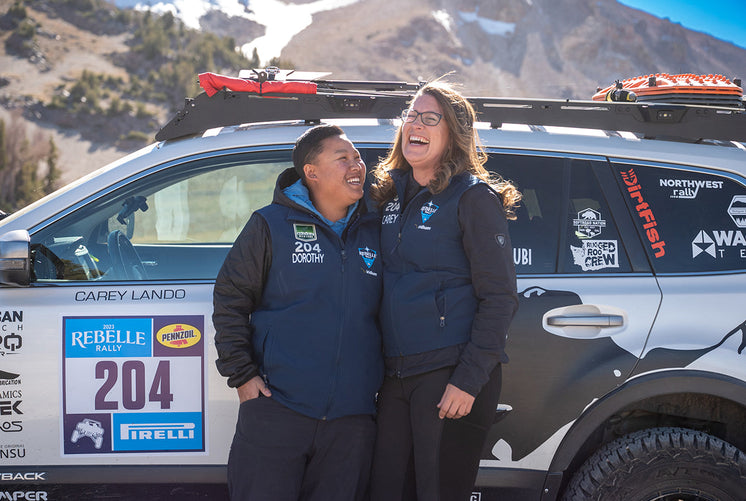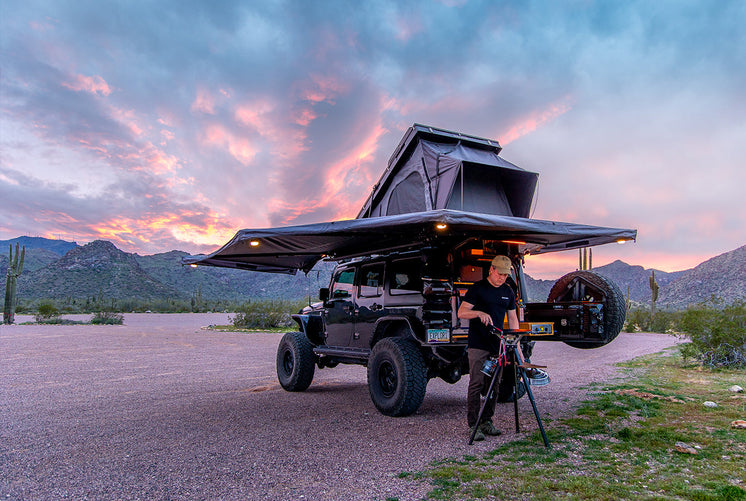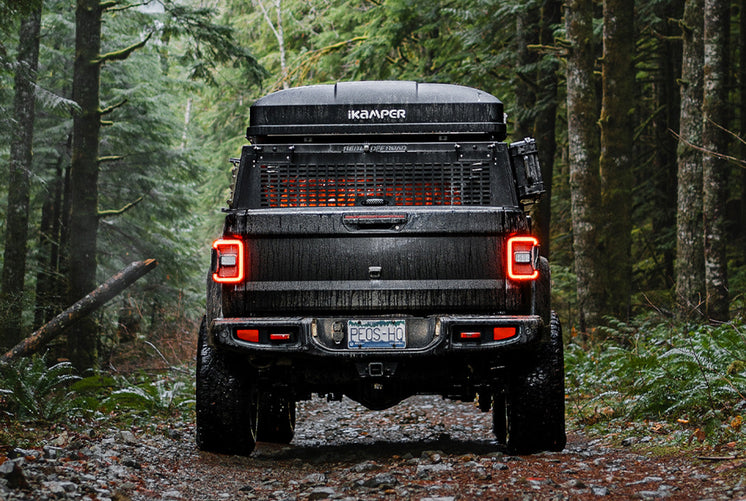Can You Camp Anywhere | A Guide to Finding the Right Camping Spot
Can You Camp Anywhere?
Wouldn’t it be nice if you could park your car anywhere with a scenic view and set up camp? While the reality of dispersed camping isn’t a literal free for all, it’s not so far from that either. Can you camp anywhere? No, there are limitations, but they’re very generous limitations. In this guide, we’ll cover anywhere you can camp, from national parks to public lands. We’ll also cover areas where camping is prohibited and sometimes even illegal.
Where You Cannot Camp
Understanding where you can and can’t camp comes down to defining boundaries. Think of it like coloring inside the lines. The American ideal of traveling the open road from coast to coast or road-tripping (even van life) romanticizes the pragmatism of sleeping in your car. This brings us to the three most clearly defined boundaries.
1. Private Land
While sleeping in your car isn’t inherently illegal, it is considered trespassing to sleep on another person’s property without permission. It makes sense that you can’t drive up to a stranger’s home and pitch your tent in their yard.
Here’s the plot twist: Increasingly, some towns and cities have begun to enact legislation that discourages or prohibits sleeping in your car on local streets. These types of laws feel political because they are. It is always in your best interest to know where you will be camping before you reach your destination, review local laws, regulations, and all posted signage.
Here’s the exception: some private landowners make their property available for camping. From micro campgrounds to treehouse cabins, flower farms, and backyards. Hipcamp is a fantastic resource for identifying private campsites and coordinating reservations with the respective owners. This grants you express permission to camp on private land and substantively increases the range of campsites at your disposal. For the glamping curious, this is your new favorite app.
2. Private Businesses
While it may be tempting after a long drive to park overnight at a grocery store, shopping center, or outside of a hotel, we cannot recommend it. Even if you make your best effort to be inconspicuous, you could find yourself in hot water. Many hotels require their guests to register their license plates when checking in for security purposes, and cars parked overnight at closed businesses such as shopping malls may be targets of theft.
Remember that if you’re parking at a business, whether that’s a big box retailer such as Walmart, a 24-hour gym, or a Casino, their parking is reserved for customers first. If you draw attention to yourself or make a ruckus, their security may request you to leave.
Every private business is empowered to set its own policies. Even with a monolith such as Walmart, it is the discretion of the store manager to make exceptions to corporate policies in order to address the needs of their unique location. Some stores experience higher rates of vandalism, theft, and other illegal activity. Do not assume that all locations allow overnight parking because some most definitely do not.
3. Rest Areas
Camping is not permitted at roadside rest areas. In this context, pitching camp would include setting up a tent outside your vehicle or sleeping on the ground. Sleeping in an RV or inside your car would not be considered camping. While some state and interstate rest areas do allow overnight parking, it varies from state to state. This comes back to legislation discouraging sleeping in your vehicle. Do your homework when you plan your travel route.
If you should find yourself stealth camping at a rest area, we recommend that you are mindful of any time limits on how long you can stay. In theory, these facilities are intended for travelers to rest and then continue on their way. In practice, if a high-traffic facility is full, it cannot provide rest to folks passing through. That poses a safety risk on the roadway. Rest areas with posted time limits are known to strictly enforce them.
Where You Can Camp
In a country as vast and sprawling as the United States, with a wealth of publicly managed land and parks, it can seem like you can camp anywhere. There are a few key exceptions; however, there are nearly countless places available to camp in one context or another.
The shape each campsite takes depends on what you’re looking for. Up for a 10-mile out-and-back trail hike that’s not accessible by car? Do you prefer one in the mountains or along the coast? Seeking a campground with all the hookups? One that will be kid-friendly and a quick drive home in an emergency? Maybe scenic vistas that are far from civilization and offer quiet solitude, no reservation required. Or perhaps a spot on the beach so you can wake up with the tide and enjoy the freshest oysters you may ever eat. Think about the experience you want, and identify what you need to have and what would be nice to have. Be specific. This establishes baseline criteria for your search so you can find a campsite that meets your expectations.


The Difference Between Dispersed Camping and Designated Campgrounds
Not all campsites are created equal. While it’s true there’s one out there that fits every type of camper, from glamping to overlanding, there are some essential definitions that distinguish the experience available at a given campsite. Designated Campgrounds, or Developed Campgrounds, offer something of an entry-level camping experience. They bring things to the table that are nonnegotiable for some campers, namely amenities and sometimes even the table itself! Dispersed Camping, otherwise known as Wild Camping, Boondocking, or Backcountry Camping, is more of a no-frills, self-sufficient experience that offers its own appeal. Let’s cover the pros and cons of each.
Designated Campgrounds
Pros
- Picnic Tables
- Fire Pits
- Restrooms
- Showers
- Running Water
- Proximity to Other Campers
Cons
- Fees
- Less Privacy
- Proximity to Other Campers
- Competitive Demand for Reservations
- Can Feel like an Amusement Park
You’ll notice the proximity to other campers is listed as both a pro and a con here. If you’re the type that likes to make new friends or have instant playmates for your kids, camping near others is a huge win. It can lose its luster when a neighbor doesn’t observe the quiet hours, has a reactive dog, or wants to run their generator while you’re trying to enjoy the sounds of wildlife. These may be tradeoffs you’re willing to accept if you’re nervous about camping in a remote area with no one else around. But if you’re hoping for solitude, designated campgrounds are sure to let you down.

Dispersed Camping
Pros
- (Often) No Reservation Required
- (Often) No Fees
- Unspoiled Scenery
- Privacy
- Seclusion
- Quiet
- (Often) Out of Service Range
Cons
- No Restrooms
- No Showers
- No Running Water
- No Waste Disposal (Pack In and Pack Out)
- Can be Difficult to Access (Off-Road)
- (Often) Out of Service Range
Camping off-grid or outside of service range is listed as both a pro and a con, as well. For anyone looking to disconnect from our highly tech-centric world, it’s a great relief to drive until you have no bars left, no wi-fi, just you and the vistas. This can be a culture shock for some and additionally poses challenges for GPS navigation and safety. If your navigation app fails or you need to call for help, being outside the service range becomes a life-threatening concern. This is where self-sufficiency comes in, planning your route and downloading maps for offline use, as well as investing in more advanced equipment like satellite phones. That can be a daunting entry into camping, and it’s not for everyone. Thorough preparation will set you up for success.

Now that we’ve covered some basic terminology, let’s talk about where your search for campsites may take you.
National Parks
The National Park Service manages over 400 sites, covering more than 85 million acres of land. Some national park locations include grandiose landscapes, and some are simply locations of historical significance and national heritage. Can you camp anywhere in a national park? No, you definitely cannot camp wherever you like in the national parks. There are designated campgrounds managed and maintained by the National Park Service available for visitors.
With prime locations within the parks themselves and all the core memory potential, these campsites are a hot commodity. Some parks have shattered visitation records in recent years, and not only are reservations required for campsites, but some parks require a reservation simply to visit! It turns out that natural beauty has universal appeal.
Do yourself a favor and plan your visit well in advance for your trip to a national park. Understand what seasons are best for foliage, weather, and visitation rates, if there are reservations or parking passes required, when campsites are open to book, and if there are minimum lengths of stay. For the purposes of securing a campsite, no two parks are the same. Some open their bookings no earlier than six months in advance, and some are first come, first served. Campsites at the most desirable locations can book up in a blink. Have all the details in hand and be ready to commit as soon as reservations open: from the dates you want to visit to how many campers you’ll bring along, etc.
Pros
- Historic Legacy
- Majestic Scenery
- Proximity to Landmarks
- Amenities
- Family-Friendly
Cons
- Dogs Are Not Allowed
- Seasonal Availability/Closures
- Competitive Demand for Reservations
- Permits and Fees
- Parking Passes
- Advanced Planning
- Crowded
One final consideration to keep in mind with national parks is that dogs are not welcome on trails or other recreation areas. Select parks may have exceptions to this policy, but broadly all national parks are pet-free. No trusty sidekicks here.

State parks
Just as the National Park Service manages federal lands for conservation, recreation, and historic preservation, every state has its own Park Service that does the same locally. State parks are often as breathtakingly beautiful and iconic as national parks, but the classification and management are simply at the state level. This creates a hidden gem appeal and offers a strong alternative to national destinations a road trip away. Sounds great! So can you camp anywhere in a state park? No, you can’t. This is unambiguous as the state parks system manages designated campgrounds. There may be select exceptions on a case-by-case basis, but planning your visit to a state park well in advance will ensure you know when and where you can camp legally.
Again, similar to national parks, you can expect the most popular destinations will book quickly once campsites are made available. Each park will offer something different, ranging from tent and RV sites to cabins and lodges. Know what you want and be ready to hustle for it. For first come, first served sites be ready to roll into the park campground with the sunrise. You can also anticipate parking passes and potential fees or permits to manage visitation rates during peak seasons.
Pros
- Locally Accessible
- Historic Legacy
- Majestic Scenery
- Proximity to Landmarks
- Amenities
- Family-Friendly
Cons
- Seasonal Availability/Closures
- Moderate Demand for Reservations
- Permits and Fees
- Parking Passes
- Advanced Planning
- Moderately Crowded
Bureau of Land Management Lands (BLM Land)
If you’ve done any casual research on dispersed camping, you’ve seen or heard the term BLM Land. The Bureau of Land Management oversees tracts of public lands and offers both designated campgrounds and dispersed camping. Something for everyone.


Can you camp anywhere on BLM land? No, but the sheer volume of land available for camping does make it seem like the answer is yes. The BLM manages one in every 10 acres of land nationwide. This brings us back to coloring inside the lines. Dispersed camping is available on BLM land under four conditions:
- The dispersed campsite is away from recreational facilities.
- The dispersed campsite is not within an area marked “Closed to Camping.” (Look for signs.)
- The dispersed campsite does not conflict with the authorized use of a given area.
- The dispersed campsite does not pose adverse effects on wildlife or natural resources.
Sites are typically unmarked along secondary roads. Navigation apps such as onX or Gaia GPS will go far beyond the maps you use for daily commuting. Keep your eyes open for flat, disturbed areas that look like they’ve been used as a campsite before.
If you’re unsure whether a chosen site fulfills the accepted criteria, you can always contact the local BLM office for recommendations. Dispersed camping on BLM land cannot exceed 14 days in a single location, and there may be additional requirements specific to your region. As BLM Land heavily favors dispersed camping, that’s how we will approach the pros and cons.
Pros
- Camp Up to 14 Days
- No Fixed Check In/Check Out Time
- (Often) No Reservation Required
- (Often) No Fees
- Unspoiled Scenery
- Privacy
- Seclusion
- Quiet
- May Be Out of Service Range
Cons
- No Restrooms
- No Showers
- No Running Water
- No Waste Disposal (Pack In and Pack Out)
- Can be Difficult to Access (Off-Road)
- May Be Out of Service Range
National Forest and Grasslands
The National Forest Service manages 193 million acres of forest and grasslands. These public lands are an open secret for folks wanting to camp at national parks while avoiding the circus of reservations. Although they are not within the boundaries of national parks, national forests and grasslands often border national parks. This brings you right up to the landmark destination and offers the spontaneous flexibility of dispersed camping. Hard to pass up! At the very least, it makes an excellent backup plan.


Can you camp anywhere in a national forest? No, there are a few exceptions. You cannot disperse camp at trailheads or where your campsite would conflict with the authorized use of a given area (picnic pavilions, boat launches, etc). When camping in a national forest, you should only utilize flat, disturbed areas that have clearly been used for camping in the past. Do not create a new site by disturbing vegetation. As always, research the area before packing for your adventure so there aren’t any surprises.
Pros
- Proximity to National Parks
- No Fixed Check In/Check Out Time
- (Often) No Reservation Required
- (Often) No Fees
- Unspoiled Scenery
- Privacy
- Seclusion
- Quiet
- May Be Out of Service Range
Cons
- No Restrooms
- No Showers
- No Running Water
- No Waste Disposal (Pack In and Pack Out)
- Can be Difficult to Access (Off-Road)
- May Be Out of Service Range
Tribal Lands
Here is where things become truly complex. The sovereignty of each federally-recognized tribe grants them authority to manage their tribal lands as they choose. A select few have established partnerships with state or national parks, and you may find yourself recreating or camping on tribal lands without realizing it. However, in most cases, you can’t casually stroll onto tribal lands. You must have permission from the tribe to access their land.
The most direct way to identify the boundaries of tribal lands is to use the following map managed by the BIA that charts land areas of federally-recognized tribes. If a destination you want to visit appears to fall within the boundaries of tribal lands, contact the appropriate tribe for more information. The tribal office can grant you permission to access the reservation and outline any specific requirements for visitors, in addition to recreation guidelines (camping, hunting, fishing, etc). Think of visiting tribal lands as if you are traveling internationally. It includes additional steps of diplomacy, documentation, and respecting all rules and guidelines. The reward for these extra steps is rare access to revered, cherished lands with magnificent scenery.
The pros and cons of camping on tribal lands are not universal because every tribe has distinct guidelines. Some may offer designated campgrounds, and some may offer dispersed camping. Some may not allow recreational access at all.
Pros
- Rare Access to Restricted Lands
- Majestic Scenery
Cons
- Additional Permissions Required
- Advanced Planning


Your Backyard
This may not be the sexiest destination for camping, but it’s the perfect place to test new gear. It’s also the classic introduction to camping for children. Pitch your tent in the backyard, and they can practice camping at home. If they become scared or aren’t having fun, their comfortable, familiar bed is just a few yards away. You can even pitch your roof top tent in the driveway to practice setup and take down without an audience of spectators you might encounter at a campground. All amenities you could want are within reach (running water, restrooms, showers, electricity, waste disposal), you won’t need to lug a cooler around, and there’s no reservation fee.
Pros
- No Fee
- No Reservation Required
- No Need to Drive
- All the Amenities
- You Make the Rules
- Close to Home
- Family-Friendly
- Pet-Friendly
Cons
- Less Privacy (Hello, Neighbors)
- Not Much Scenery
- Not Much of an Escape
Choose Your Camping Experience Carefully
We’ve covered a lot of ground here, and by now you should be able to start identifying what the ideal camp experience looks like for you. It’s very personal. Consider pros and cons carefully, and if there are variables that you don’t know how to feel about (do there need to be showers? Is it difficult to ‘pack it out’?), nothing will give you a better answer than first-hand experience. Try a few different flavors of campsites and learn what works best for you.

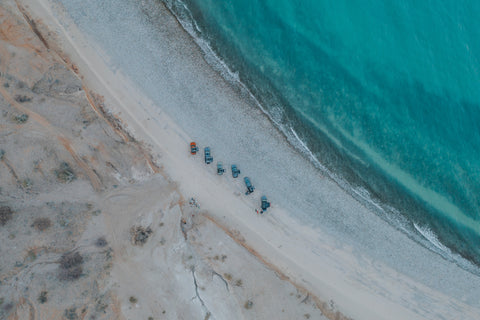
If you’re chasing the camp anywhere feeling, dispersed camping is the best way to find it. Roof top tents work well for dispersed camping because they allow you to drive any vehicle to your destination, set up camp in seconds, and pack down just as easily. RTTs can be trickier to accommodate at traditional, designated campgrounds, which cater to ground tents and RVs, but a little diplomacy goes a long way to explain your unique setup. Do a little soul-searching and if you think you might invest in a roof top tent, our customer service team is available to answer any questions.
